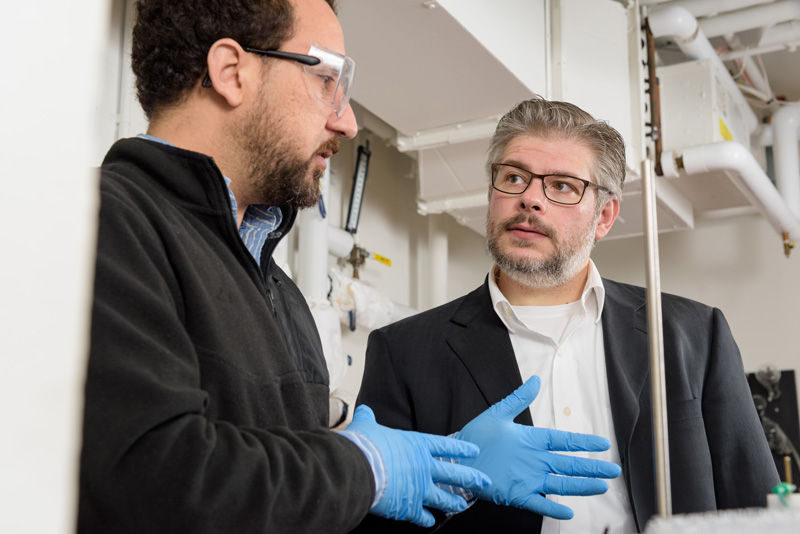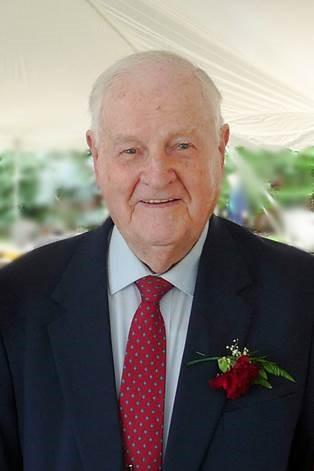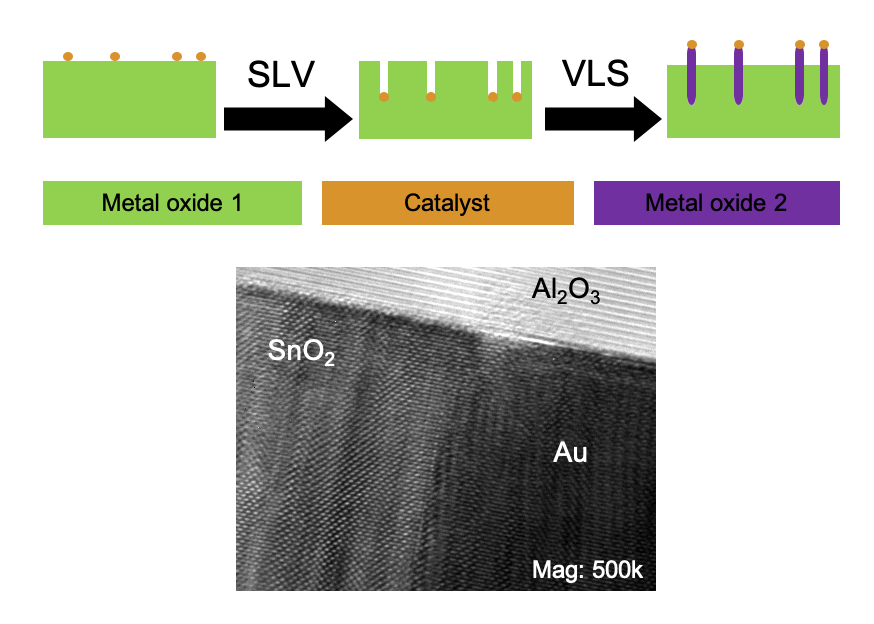Abstract: Non-emissive, sustainable energy sources such as solar, wind, and geothermal power have continued to provide an increasing amount of electricity to support electrical grids. Due to the intermittent nature of renewable energy sources like wind and solar, grid energy storage systems must adjust for variations in and mismatches between electricity production and consumption. Among the available energy storage technologies, redox flow batteries (RFBs) are expected to play a critical role in the grid energy storage due to their decoupled energy and power, long service life, and simple manufacturing. However, the worldwide market penetration of RFB systems is still limited due to technical and economic challenges. The commercially available aqueous vanadium redox flow batteries offer durable performance but suffer from low energy density and high chemical costs. A key advantage of transitioning from aqueous to nonaqueous systems is the possibility of achieving higher energy density through the wider windows of electrochemical stability associated with organic solvents. Further, nonaqueous systems would provide a greater selection of redox materials which do not fit into the aqueous systems due to lower solubility, instability or redox potentials outside the stability window of water. Despite these promises, nonaqueous flow batteries are still an immature concept and, to date, no redox chemistry has proven competitive due to a combination of low solubility and stability of redox couples and a lack of selective membranes/separators. This thesis focuses on designing and testing robust, redox active organic molecules intended for use as either positive or negative active materials in nonaqueous RFBs. The two main redox active cores evaluated in this study are phenothiazine (as a positive active material) and viologen (as a negative active material) where both served as learning platforms. The molecules were functionalized through simple and scalable molecular synthetic approaches with particular emphasis on increasing solubility, ionic conductivity, redox potential, and chemical stability. Further, change in chemical stability of variably functionalized electron donating redox active organic cores (phenothiazine, triphenylamine, carbazole, dialkoxybenzene, and cyclopropenium) with different oxidation potentials was explored to identify the correlation between chemical stability of charged forms (radical cation) and coulombic efficiency in galvanostatic cycling. The analysis of chemical and electrochemical stabilities of developed redox active materials were conducted through a variety of spectro-electro analytical technique including cyclic voltammetry, UV-vis spectroscopy, bulk electrolysis, and flow cell cycling.





